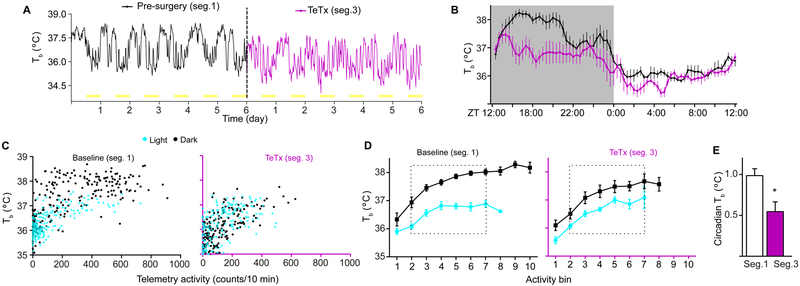Figure 4. Kiss1ARH Neurons are Necessary to Maintain the Amplitude of Core-body Temperature Rhythms Under L:D Conditions.
A) Core-body temperature (Tb) of a representative Kiss1cre female, before and after Kiss1ARH silencing (2 wk post viral injection).
B) Average amplitude of Tb before and after Kiss1ARH silencing. Within subject comparison, two-way rmANOVA: n = 6, F(1, 360) = 149.4, p < 0.0001. Main effect of TeTx silencing.
C) Representative mouse before (baseline/segment1) and after Kiss1ARH silencing (TeTx/segment 3). Tb is plotted as a function of activity and segregated into L (turquoise dots) and D (black dots) phases. Single Tb measurements are plotted against the sum of activity 10 min prior to time of each temperature measurement.
D) Summary values of Tb vs activity for all mice in the cohort. For common point comparisons, activity counts were segregated into bins of 10 activity units, and Tb recordings within each bin were first averaged for each animal, and then the mean ± SEM was calculated for all animals.
E) Circadian Tb was calculated as the difference of mean Tb between D to L phases fore each bin (bins 2 to 7) in part D for each animal. The the mean ± SEM was calculated for all animals by phase. Paired-student’s t-test comparison n = 6, t(5) = , p = 0.012
Baseline (segment 1) and TeTx (segment 3) are defined in Figure 2. See also Figure S4

